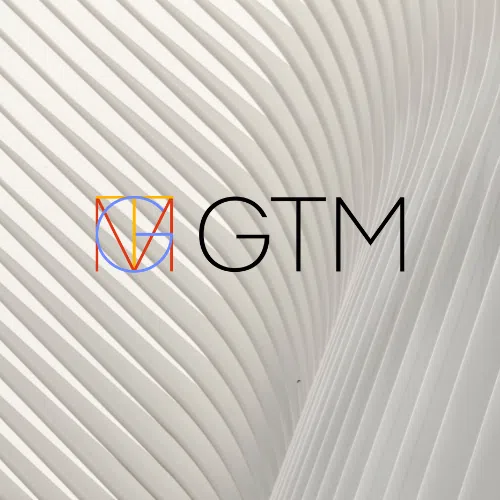Changes are coming to 100-percent bonus depreciation expensing as a result of the 2017 Tax Cuts and Jobs Act. Here are the key questions to ask as you prepare, and what you can expect. To learn more about GTM’s Tax Depreciation Services or to speak with someone who can guide you through the process, contact us.
What is Bonus Depreciation?
The provisions of bonus depreciation were enacted in response to the events of September 11th, 2001, to spur business investment. Bonus depreciation, also referred to as additional first year depreciation, has varied since enactment, with expensing ranging from 30 – 100 percent of the depreciable basis for qualified property.
Bonus depreciation must be claimed unless a taxpayer makes an election out. The election is made annually on a statement filed with Form 4562. The election is made separately for each class of property, which generally consists of 3-, 5-, 7-, 10-, 15-, & 20-year property.
What Asset Types Are Impacted By These Changes (Qualified Property)?
When considering the upcoming change, it is important to define bonus-eligible property (i.e., qualified property). Although certain exceptions may apply, property generally qualifies for bonus depreciation if one of the following characteristics describe it:
- Is MACRS property with a general depreciation system recovery period of 20 years or less.
- Computer software as defined in and depreciated under Code Sec. 167 (f) (1).
- Water utility property as described in Code Sec. 168 (e) (5), depreciated under the modified accelerated cost recovery system (MACRS,) & not rate regulated.
- Qualified film, television, or live theatrical productions as defined in section 181(d).
What Are The Specific Changes to Bonus Depreciation 168(k)?
Starting on January 1st, 2023, for assets placed in service during the following periods, the bonus depreciation percentage will decrease in the following manner:
- January 1st, 2023 – December 31st, 2023: Bonus rate is 80%
- January 1st, 2024 – December 31st, 2024: Bonus rate is 60%
- January 1st, 2025 – December 31st, 2025: Bonus rate is 40%
- January 1st, 2026 – December 31st, 2026: Bonus rate is 20%
- January 1st, 2027 & Later: Bonus rate is 0%
What Do The 168(k) Changes Mean for Your Organization?
System Considerations:
With the changing of the bonus depreciation calculation rules, it is imperative that companies ensure their system has the capabilities to adjust any bonus calculations for new asset additions. Specifically for ERP systems, this may require substantial work with key IT and tax personnel.
Code Sec. 179 Considerations:
When bonus depreciation was increased to 100% in 2017, it made 179 expensing an after-thought in many cases. Starting in 2023, businesses will want to start to look at their options. Section 179 expensing can be used to pick-and-choose which depreciable assets can be deducted entirely in the year placed in service but is subject to limitations. The pick-and-choose aspect of 179 expensing makes it very enticing in a non-100% bonus environment.
State Considerations:
Many states follow the federal bonus depreciation rules, while many other states decouple from them. Businesses will need to stay up to date on rule changes as states cope with the new bonus rules. This will also be very important from a Code Sec. 179 perspective, because many businesses have not been considering this since the 100% bonus depreciation was enacted.
Repairs:
Under the 100% bonus depreciation expensing environment, companies may not have focused on the costs of tangible personal property repairs. With the upcoming changes, companies will want to ensure they have identified any expenditures that can be immediately expensed as repairs.




